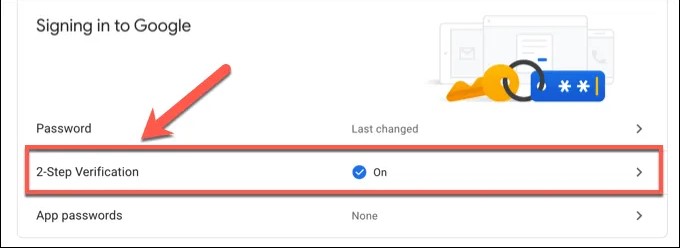
w, -window-size= Wīy default, a new token is generated every 30 seconds by the mobile application. This restricts the user to one login about every 30 seconds, but it increases the chances to notice or even prevent man-in-the-middle attacks.

(Dis)allow multiple uses of the same authentication token. Those settings are only relevant for time-based one-time-password (TOTP): -D, -allow-reuse, -d, -disallow-reuse W, -minimal-windowĭisable window of concurrently valid codes. The window size must be between 1 and 21. In order to decrease the likelihood of synchronization problems, this window can be increased from its default size of 3. This accounts for generated-but-not-used tokens and failed login attempts. Those settings are only relevant for counter-based one-time-password (HOTP): -w, -window-size= Wīy default, three tokens are valid at any one time. t, -time-basedįrom this choice depends the available options. The main option consists of choosing the authentication token type: either time based or counter-based. Please note that this feature might not be available in all builds of the Android application.Įach time the user logs into the system, he will now be prompted for the TOTP code (time based one-time-password) or HOTP (counter-based one-time-password), depending on options given to google-authenticator(1), after having entered its normal user id and its normal UNIX account password. Then, the user checks that the displayed key's verification value matches the one provided by google-authenticator(1).

To do that, the user must click-and-hold the added entry on its Android system until the context menu shows. In either case, after the key has been added, the verification value should be checked. Alternatively, the alphanumeric secret key is also outputted and thus can be manually entered into the Android Google Authenticator application. If the system does not have this library, google-authenticator(1) outputs an URL that can be followed using a web browser. If the system supports the libqrencode library, a QRCode will be shown, that can be scanned using the Android Google Authenticator application. By default, this secret key and all settings will be stored in ~/.google_authenticator.

The google-authenticator(1) command creates a new secret key in the current user's home directory. If no option is provided on the command line, google-authenticator(1) will ask interactively the user for the more important options. Initialize one-time passcodes for the current user Synopsis


 0 kommentar(er)
0 kommentar(er)
